The Reticulated Python is the record-holder for the longest living snake species in the world. Researchers place this species in the Pythonidae family, along with Burmese pythons, ball pythons, and various python species. This species lives throughout southern Asia. Read on to learn about the Reticulated Python.
Description of the Reticulated Python
This species ranges in size, color, and scale pattern. Some have light tan coloration with a brown and black pattern, while others are predominately dark colored. Their scale pattern tends to be somewhat diamond-shaped and irregular.
The longest confirmed specimen of this species measured nearly 23 ft. long! The same specimen also weighed 130 lbs. Most individuals measure about 19 ft. long or less.
Interesting Facts About the Reticulated Python
This record-holding snake is quite impressive, to say the least. Learn what else makes this colossal snake so interesting, below.
- Cool Camouflage – The bold pattern of this snake might seem easy to spot, until you see what it looks like through a shady rainforest canopy on a bed of leaves! That pattern blends perfectly in with the broken sunlight and leaf litter on the forest floor.
- Ambush Predator – With weights sometimes exceeding 100 lbs., it should come as no surprise that this species prefers to let its prey come to it! The snake uses its camouflage to hide until prey comes too close, then it strikes forward with its muscular body.
- Constriction – All pythons are constrictors. However, many people believe that constrictors crush or suffocate their prey. In reality, when these snakes squeeze their prey, they cut off blood flow, resulting in cardiac arrest.
- Attacks on Humans – This species is one of the few snakes that can actually kill and eat a human. However, cases of this are incredibly rare. The most recent case occurred in 2018 with a (reportedly) 23-ft. snake.
Habitat of the Reticulated Python
These reptiles live primarily in rainforest, but they also occupy the edges of forests, woodlands, and more. They prefer riparian habitats, or regions in close proximity to rivers, streams, and other water sources. In some regions, these snakes even live near farmland and gardens.
Distribution of the Reticulated Python
This snake’s range extends from southern Asia into the surrounding islands. They live in Myanmar, Thailand, Laos, Vietnam, Cambodia, Malaysia, the Philippines, and throughout Indonesia. Throughout their range, researchers recognize different subspecies.
Diet of the Reticulated Python
Like all snakes, this species is a carnivore. It eats only other animals, and does not eat any plants. They are generalists, and eat just about any prey that they can swallow. Smaller snakes eat rats, mice, birds, and small mammals. Larger individuals can prey on deer, binturongs, and even sun bears.
Reticulated Python and Human Interaction
Though this species poses a potential danger to humans, humans also pose a danger to the snake. Because of their immense size, and ability to kill humans, people hunt them. They slay the snakes for their skin, meat, and to use them in traditional medicine. People also capture this species for the exotic pet trade.
The IUCN lists this species as Least Concern, but they report that populations and subspecies in certain regions face danger of decline or extirpation.
Domestication
Humans have not domesticated this species in any way.
Does the Reticulated Python Make a Good Pet
No, these snakes do not make good pets. While some people do keep this incredibly large reptile as pets, it is ill-advised. Several different accounts exist where this snake has killed its owner or others in the home.
Reticulated Python Care
Zoos must keep this species in large enclosures with plenty of space for their immense bodies. They often provide water sources to replicate their riparian habitats. Their enclosures also contain a number of basking locations, controlled temperature and humidity, and various branches and vegetation. Zookeepers feed them rats, rabbits, mice, chickens, and more.
Behavior of the Reticulated Python
For most of their day, this snake lies in wait for prey to roam within striking distance. They often move near a commonly used path, and rely on their camouflage to keep them concealed.
These snakes live solitary lives, and communicate with one another using pheromones. When they encounter pheromones, they can tell the gender and reproductive receptiveness of the species.
Reproduction of the Reticulated Python
After mating, a female snake can retain sperm until a later time to fertilize her eggs. In some rare cases, they can even fertilize their eggs without ever mating with a male. Clutch size varies based on the age and size of the snake. Most contain between 25 and 50 eggs, but some clutches contain as many as 100 eggs.
Females remain with their eggs to incubate them. They warm the eggs by constricting their muscles, similar to shivering. Once the eggs hatch, they receive no additional protection or care from their mother.

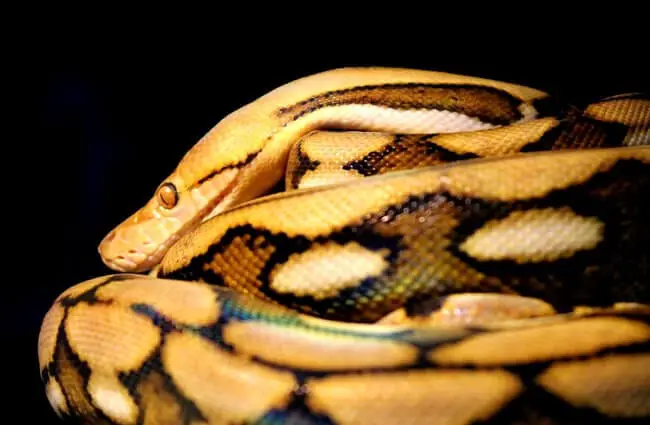
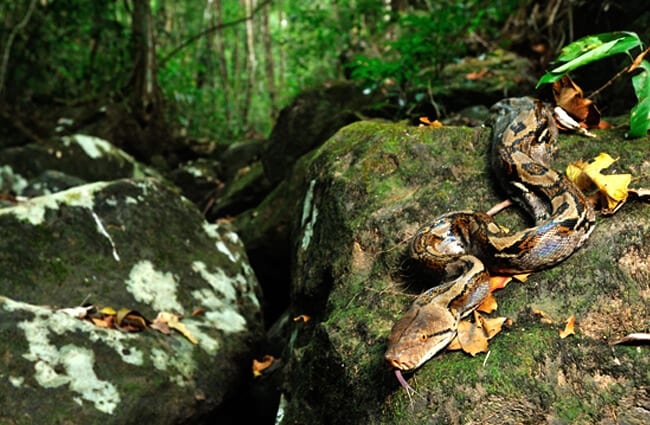
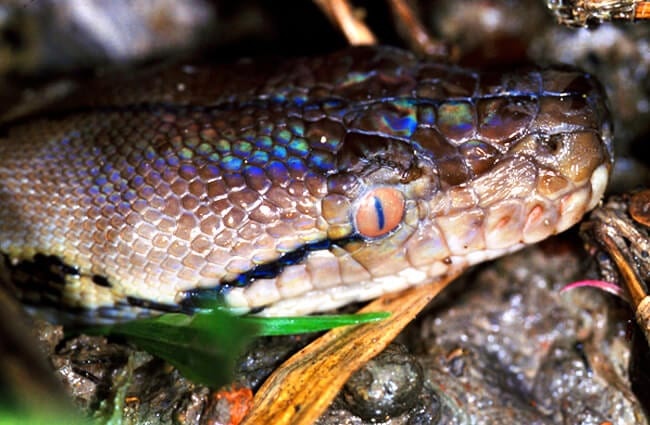
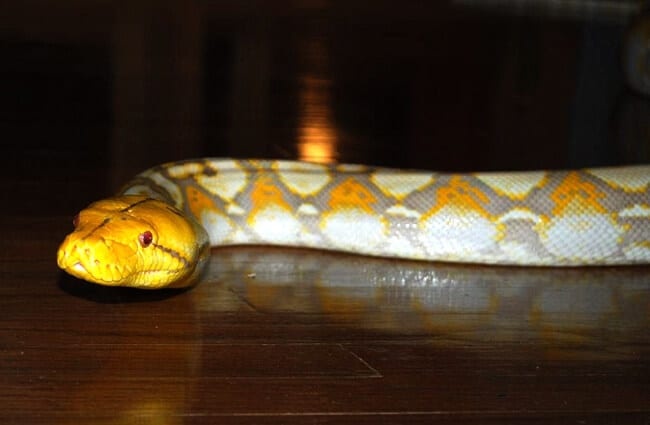

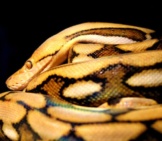

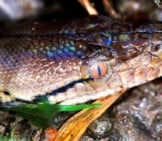
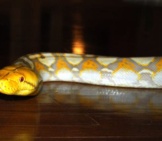
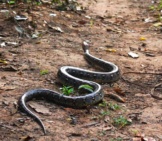
![Red Angus Closeup of a beautiful Red Angus cowPhoto by: U.S. Department of Agriculture [pubic domain]https://creativecommons.org/licenses/by/2.0/](https://animals.net/wp-content/uploads/2020/03/Red-Angus-4-238x178.jpg)












![Red Angus Closeup of a beautiful Red Angus cowPhoto by: U.S. Department of Agriculture [pubic domain]https://creativecommons.org/licenses/by/2.0/](https://animals.net/wp-content/uploads/2020/03/Red-Angus-4-100x75.jpg)

